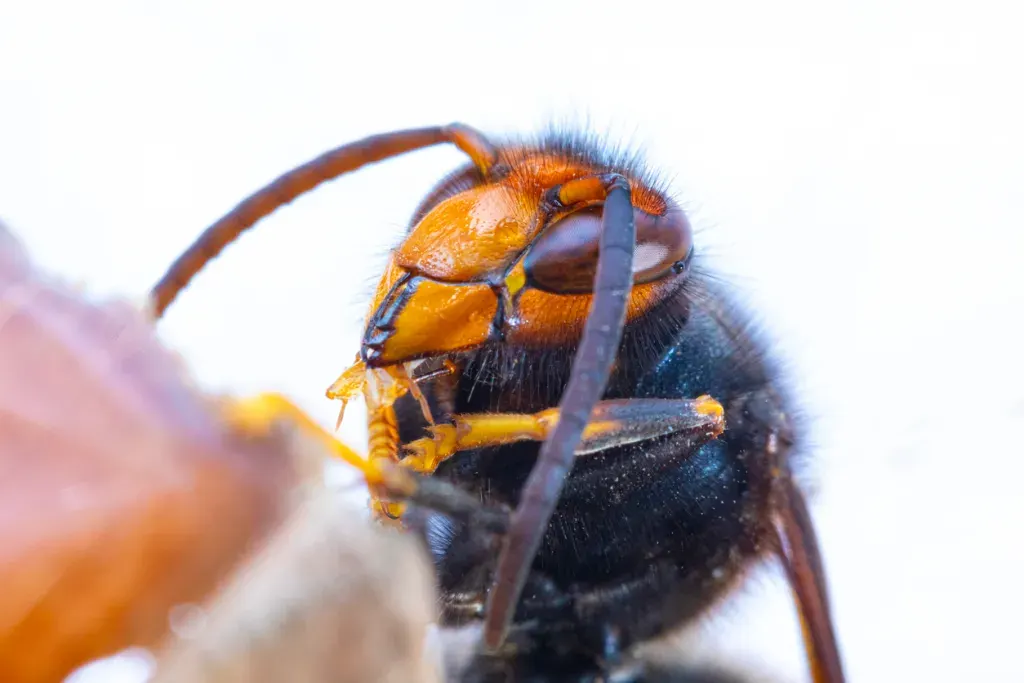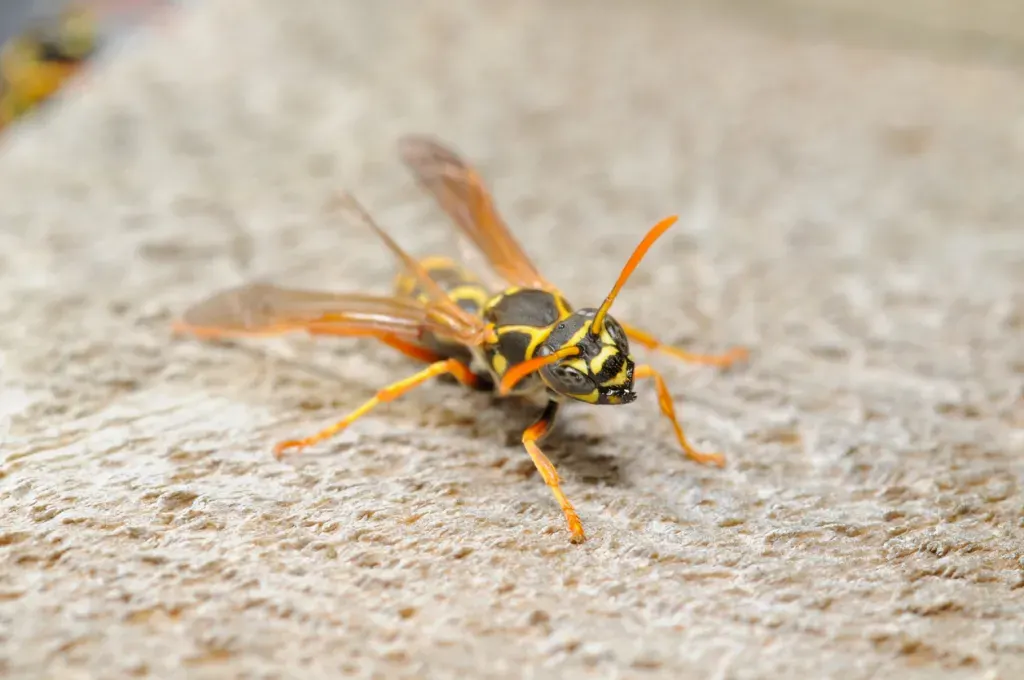If you thought murder hornets were bad, wait until you hear about their yellow-legged cousins. This insect shares some attributes with its ferocious counterpart, including its fondness for honeybees.
On the surface, the yellow-legged hornet looks inconspicuous, often mistaken for a garden-variety wasp. But if this invasive species takes hold, it could mean chaos for the US.
Before you start making your escape plan, we’ll tell you everything you need to know about these critters.
Let’s fly!
Deadly to Honeybees, Another Invasive Hornet Species Has Arrived in the US
You may remember the so-called “murder hornet” from news headlines back in 2019. Folks feared this flying bug would unleash its fury on unsuspecting humans.
Now, the murder hornet has a new companion. That insect’s cousin, the yellow-legged hornet, has made its way to the US.
A Georgia beekeeper reported the first-known yellow-legged hornet in the country after seeing it on his property near Savannah. After a brief investigation, the state’s agriculture department confirmed the insect’s identity. Officials are urging people to stay alert, inform the proper authorities, and trap the critters if possible.

Like its cousin, the yellow-legged hornet originated in Asia. But unlike other wasp species, it’s known to target honeybees specifically. This detail has farmers, researchers, and officials particularly concerned.
Speaking of Hornets: What is the Spook Light in Hornet, Missouri?
What Are Yellow-Legged Hornets?
Native to Southeast Asia, yellow-legged hornets commonly live in countries like China, Japan, and Korea. However, they’re expanding their territory.
Several other countries felt the wrath of this insect before the first US sighting. By 2004, they made their way to France. Since then, the species has invaded Britain, Germany, and Italy.
The species gets its name from its distinctive legs. It’s also quite a bit smaller than many other wasp varieties. At its adult size, the average insect is about the length of a US nickel. Most of them have yellow and black bands along their bodies.
Yellow-legged hornets build huge colonies. One roost might house as many as 6,000 individuals! These creatures live in oblong nests above the ground. They’re found mostly in trees, but some build their hives on buildings and other structures.
These traps are bee-friendly: RESCUE! WHY Trap for Wasps, Hornets, & Yellowjackets.
Are Yellow-Legged Hornets Related to Northern Giant Hornets?
Northern giant hornets are closely related to their yellow-legged friends. Both species come from Southern Asia and live in the same countries. Northern giants have a slightly larger spread, residing in India and Sri Lanka as well.
While their yellow cousins are typically small, northern giants live up to their name. These critters may grow as long as two inches. Their wings are even longer, sometimes reaching a span of three inches.
But yellow-legged hornets look distinctly different from their cousins where color is concerned. Instead of yellow and black bands, northern giants have a black thorax, striped abdomen, and bright yellow head.
The habitats of northern giants are also unique. These creatures like to tunnel underground to lay their eggs. They frequently use animal burrows to house their homes. It’s super rare to find a northern giant nest above ground.
Why Are Yellow-Legged Hornets a Threat?
Scientists and officials are raising the alarm on yellow-legged hornets. As it turns out, these flying pests aren’t just your average nuisance. They’re a major threat to the environment and the food supply in the US.

While this predator hunts all kinds of insects, one of its favorites is the honeybee. They stay close to beehives and snatch their unsuspecting victims as they exit. They’re known to remember and target specific hives.
Just one of these bugs can wreak havoc on a beehive or apiary. In some parts of the world, they’ve reduced honeybee populations by nearly half. This isn’t just bad news for bees but also for humans and other animals.
Honeybees are powerful pollinators that help thousands of flowers and vegetables grow. Without them, entire ecosystems and food supplies would be in critical danger. If the yellow-legged hornet gains a foothold in the US, farmers will face an unthinkable challenge.
How To Get Rid of Hornets & Yellowjackets
What Should You Do if You See a Yellow-Legged Hornet?
These little creatures sure pose a significant threat to the environment. Even one could wipe out a local community of bees. So, what should you do if you find one in your backyard?
Although yellow-legged hornets can sting humans, they rarely do. Usually, like most other wasps and bees, they keep their distance. You probably don’t need to worry about being stung if you see one. As long as you don’t provoke it, it should leave you alone.
If you live in Georgia and encounter one of these insects, report the sighting to the Georgia Department of Agriculture. Snap a photo if possible so an entomologist can identify it. Anyone who thinks they’ve spotted one of these hornets outside of Georgia should call their home state’s Department of Agriculture.

These Bugs aren’t the Bee’s Knees
Unfortunately, the yellow-legged hornet may be a bigger threat than its ominously-named cousin. At a time when bees are already under duress, a new predator is definitely cause for concern.
But don’t panic just yet! Scientists and researchers are familiar with these insects and know how to track them down. Stay vigilant when spending time outside and report potential sightings to officials. Hopefully, these pesky critters won’t be bugging honeybees for very long.
We’ll Help You Find the Best Free Camping in the USA
You should give it a try!
As a matter of fact, these free campsites are yours to enjoy. Every time you pay federal taxes, you’re contributing to these lands.
Become a FREE CAMPING INSIDER and join the 100,000 campers who love to score the best site!
We’ll send you the 50 Best Free Campsites in the USA (one per state). Access the list by submitting your email below: